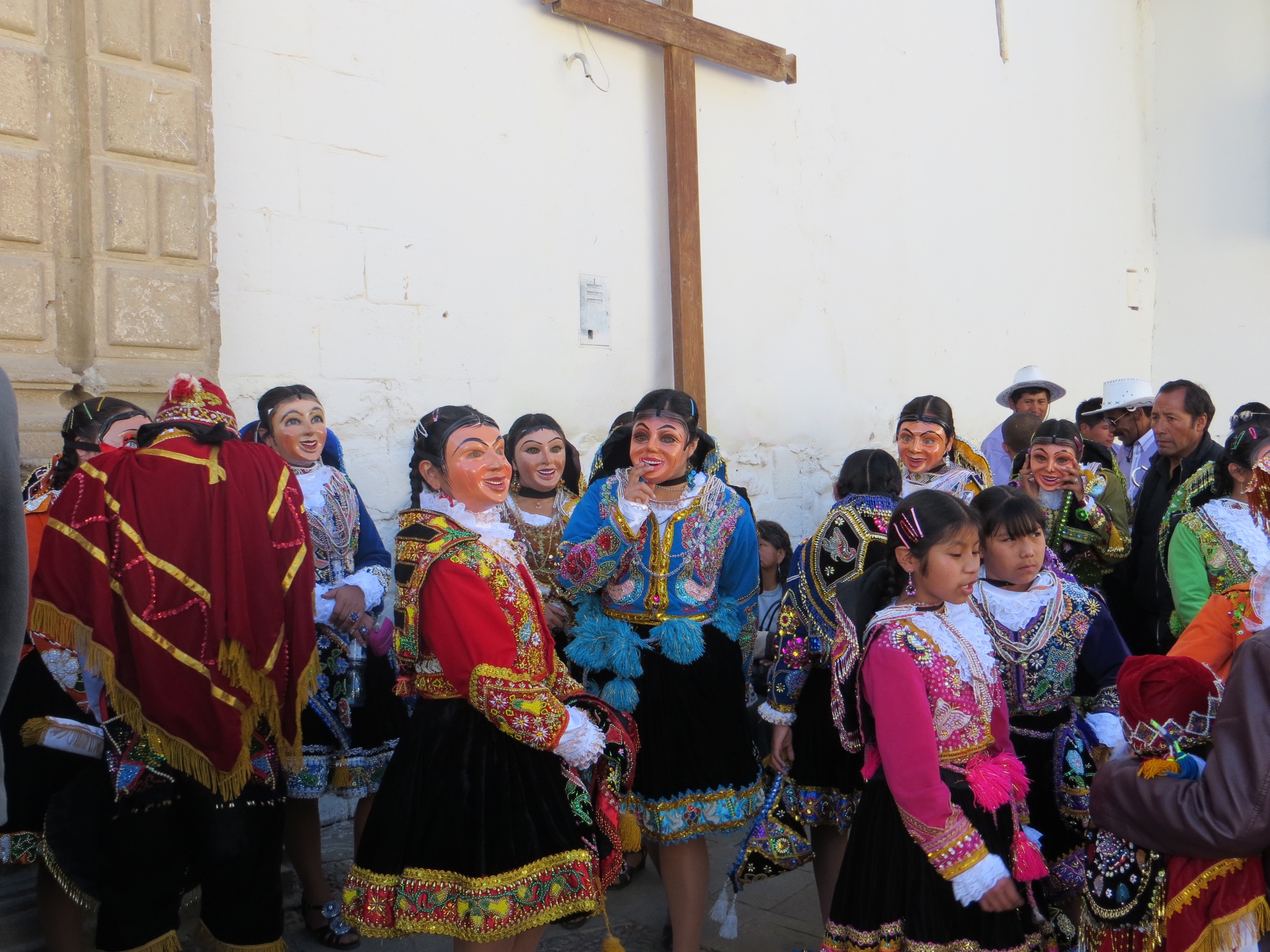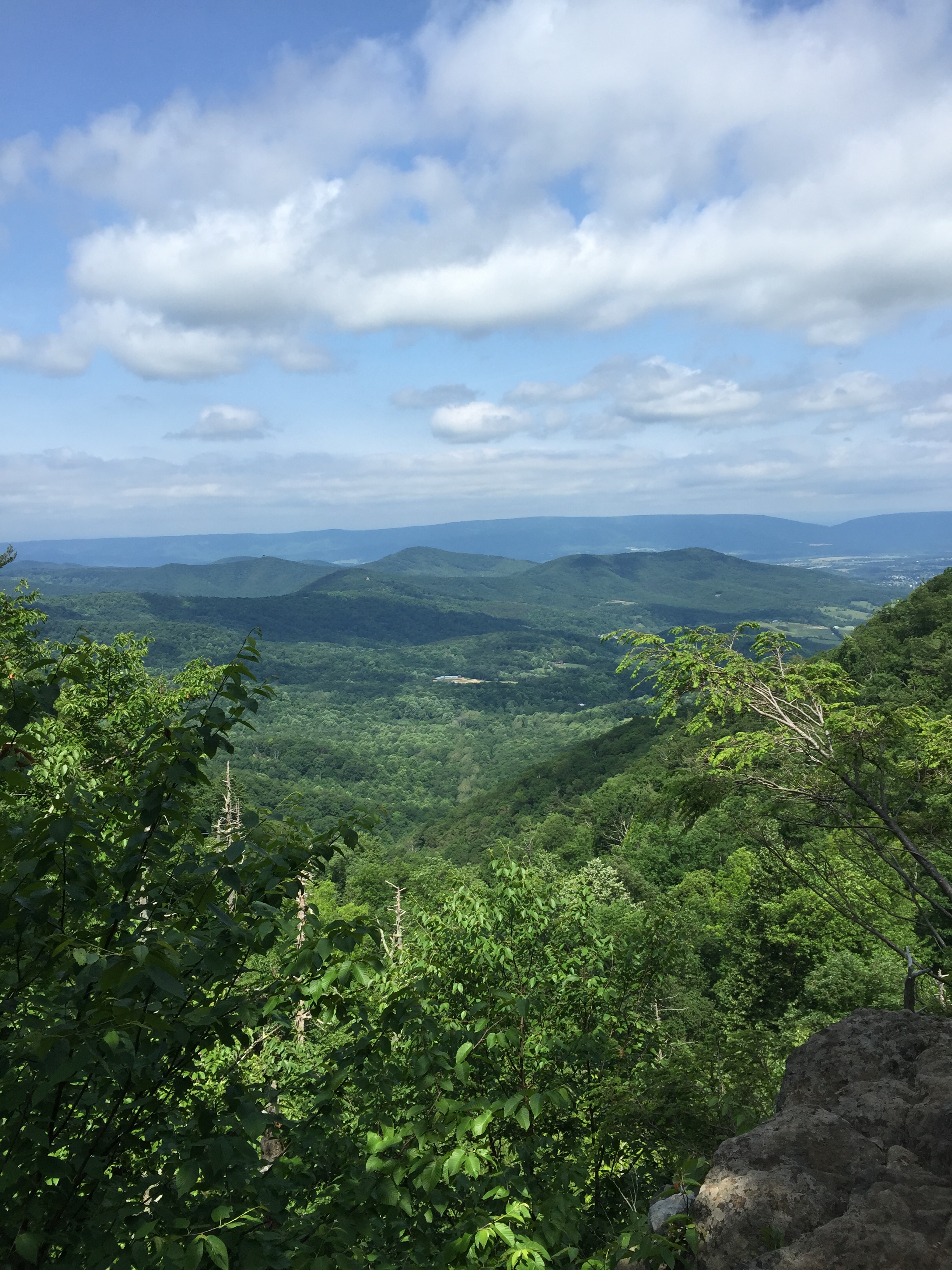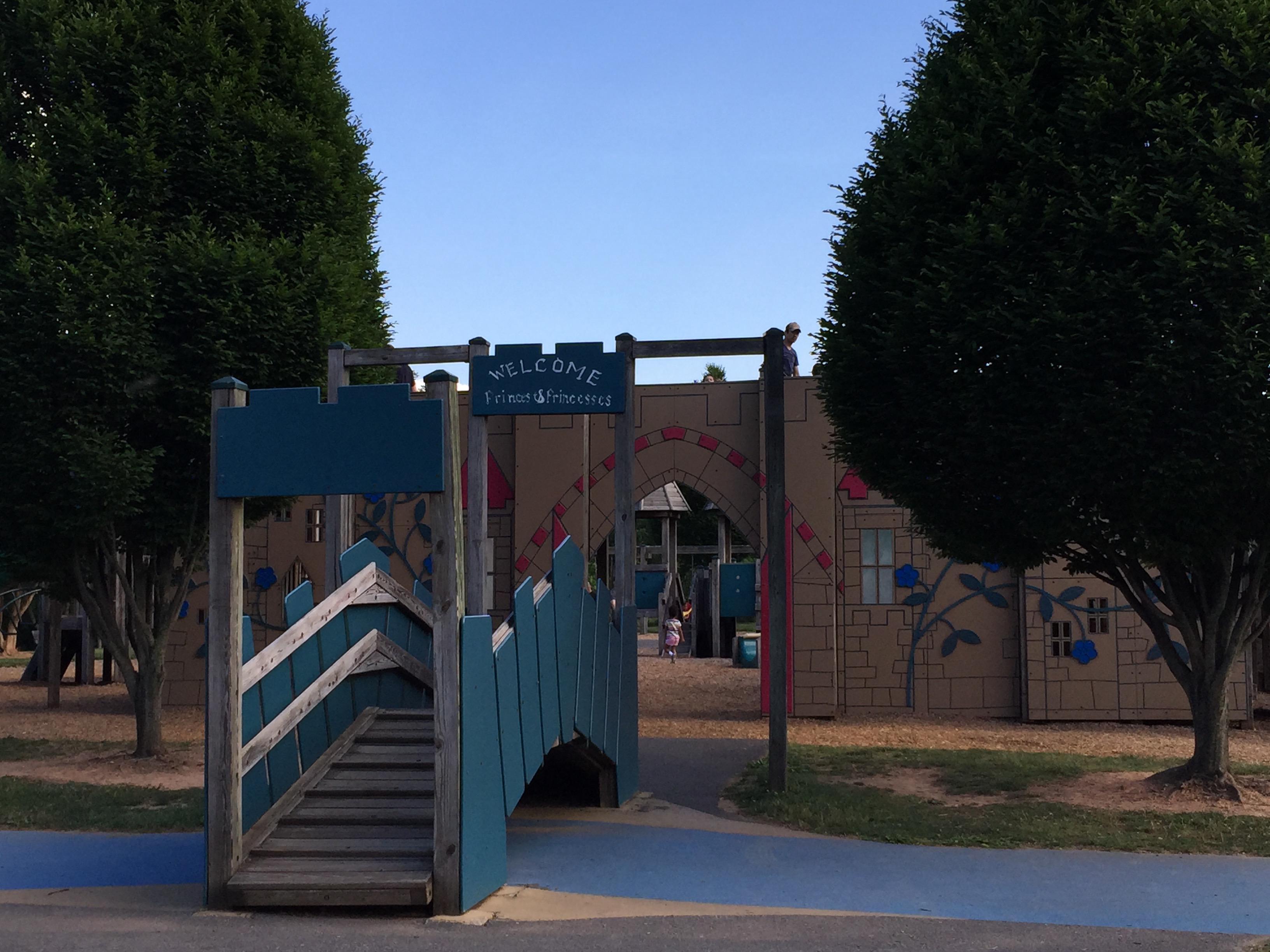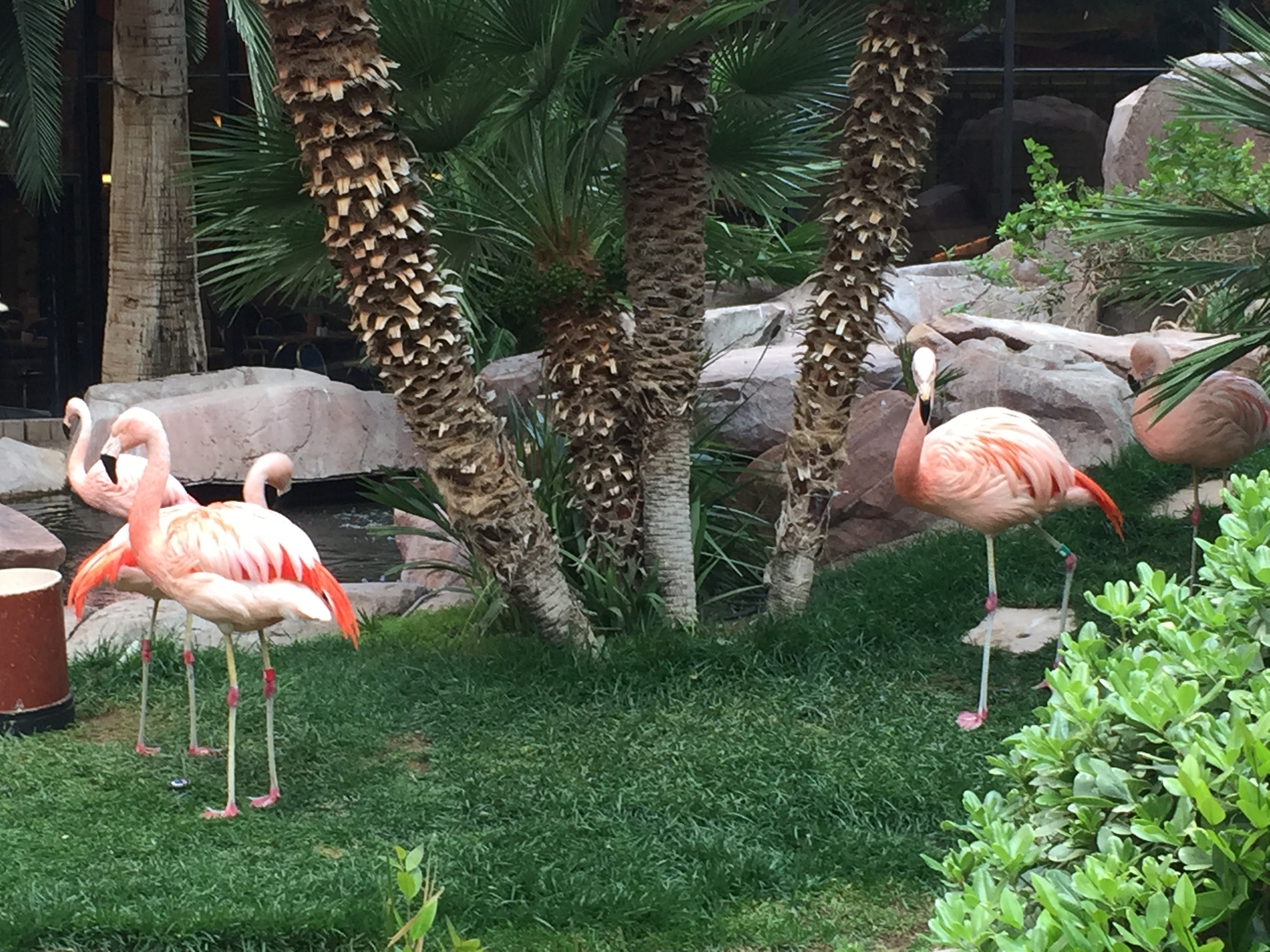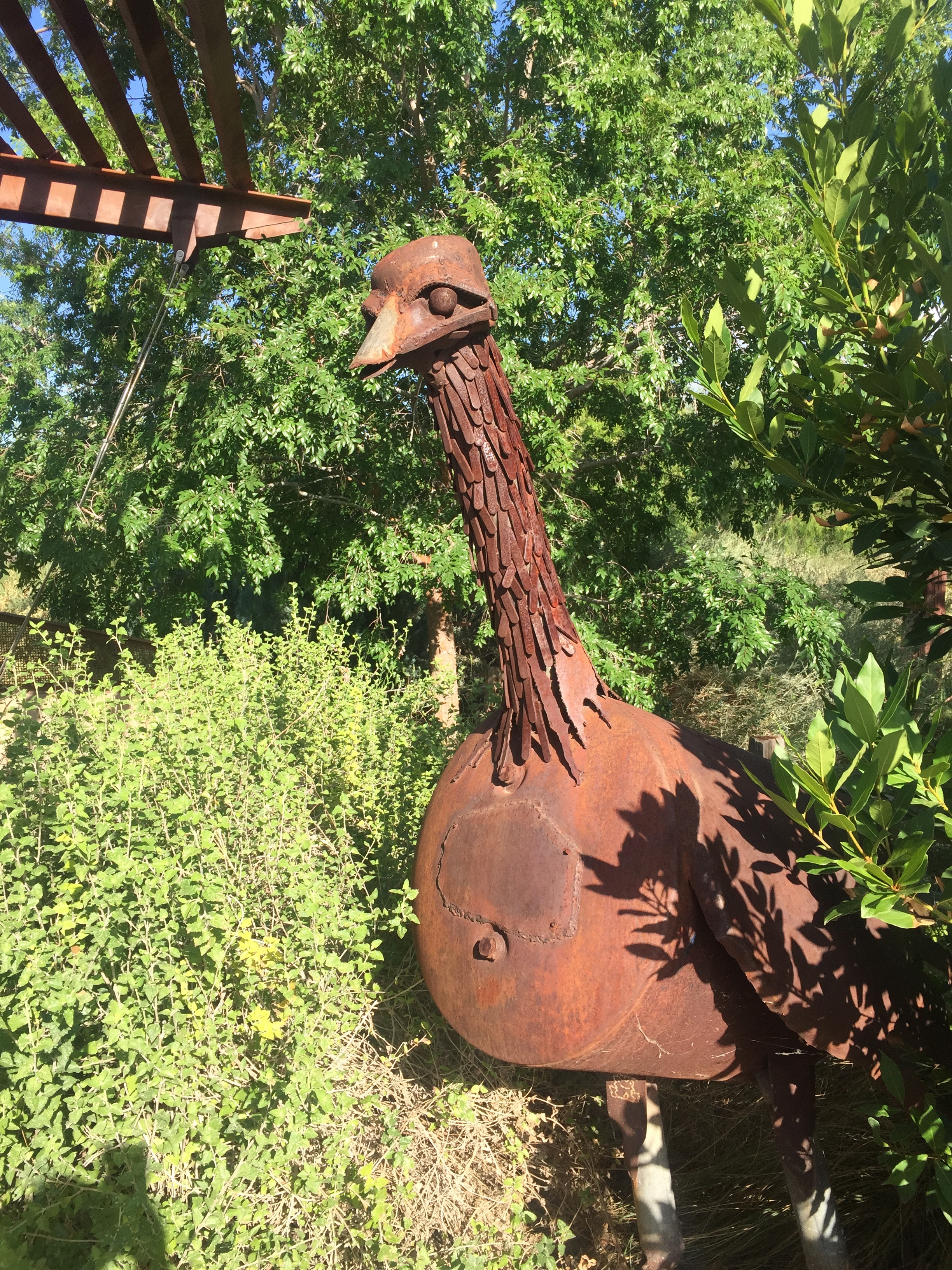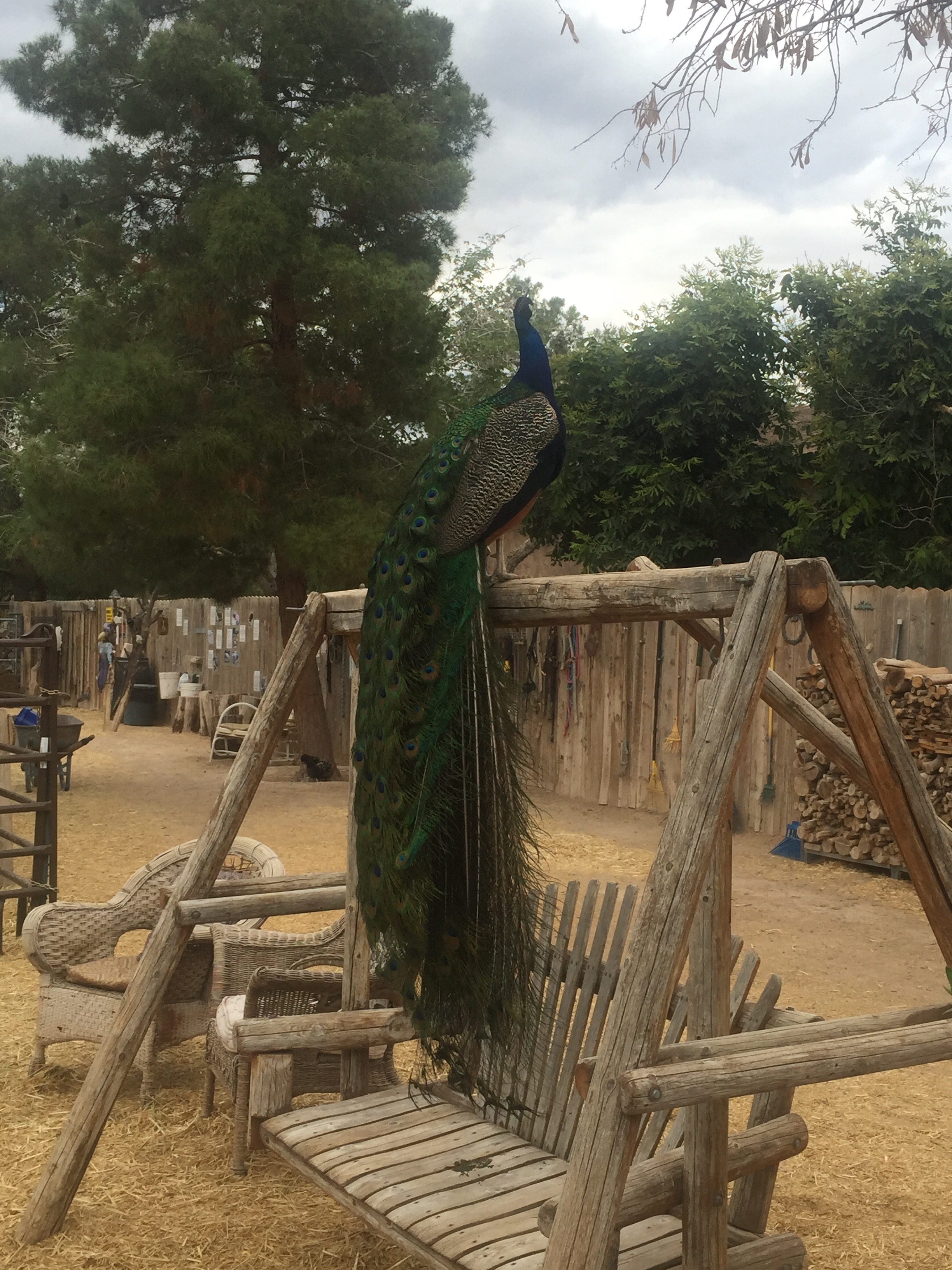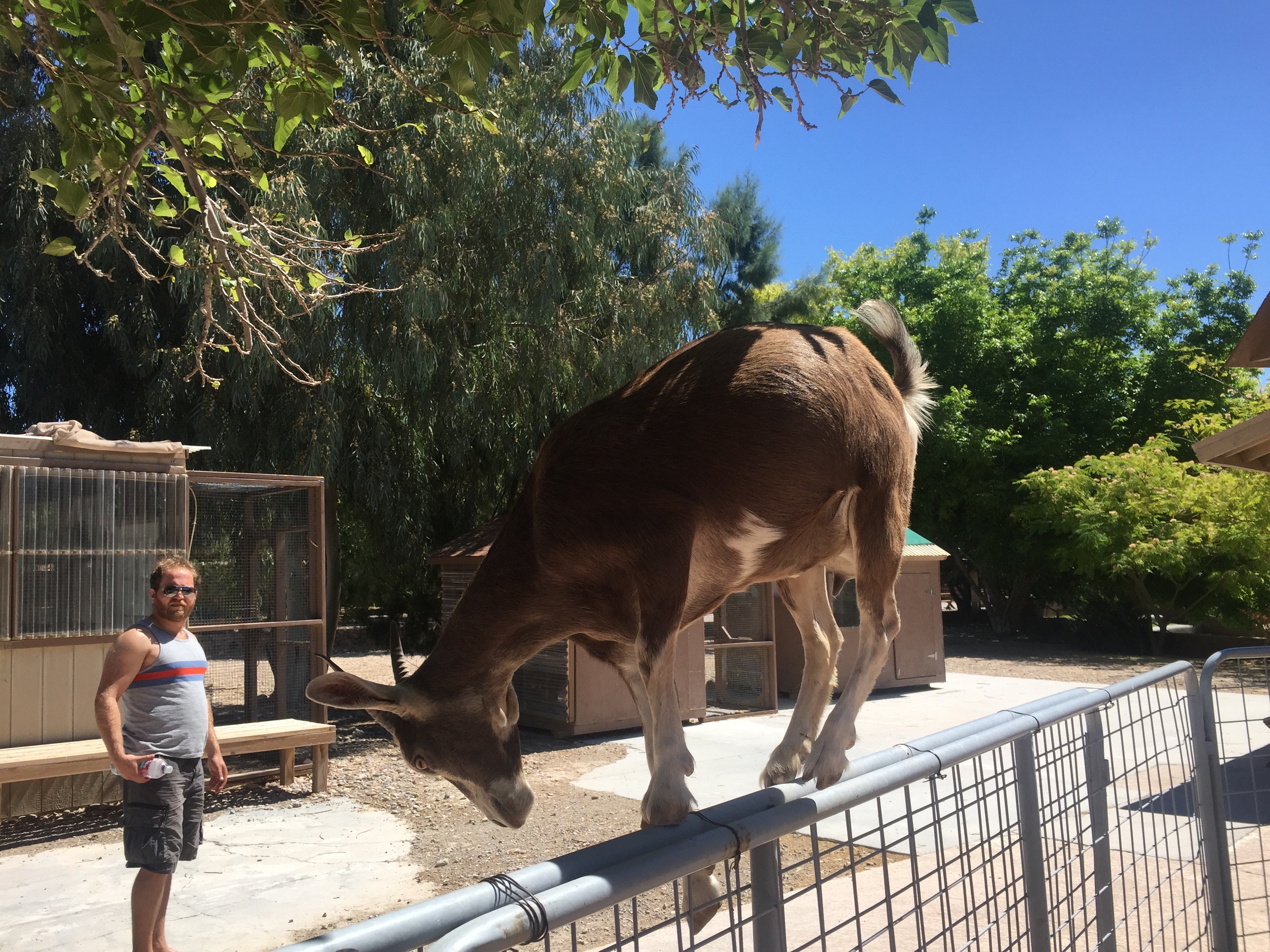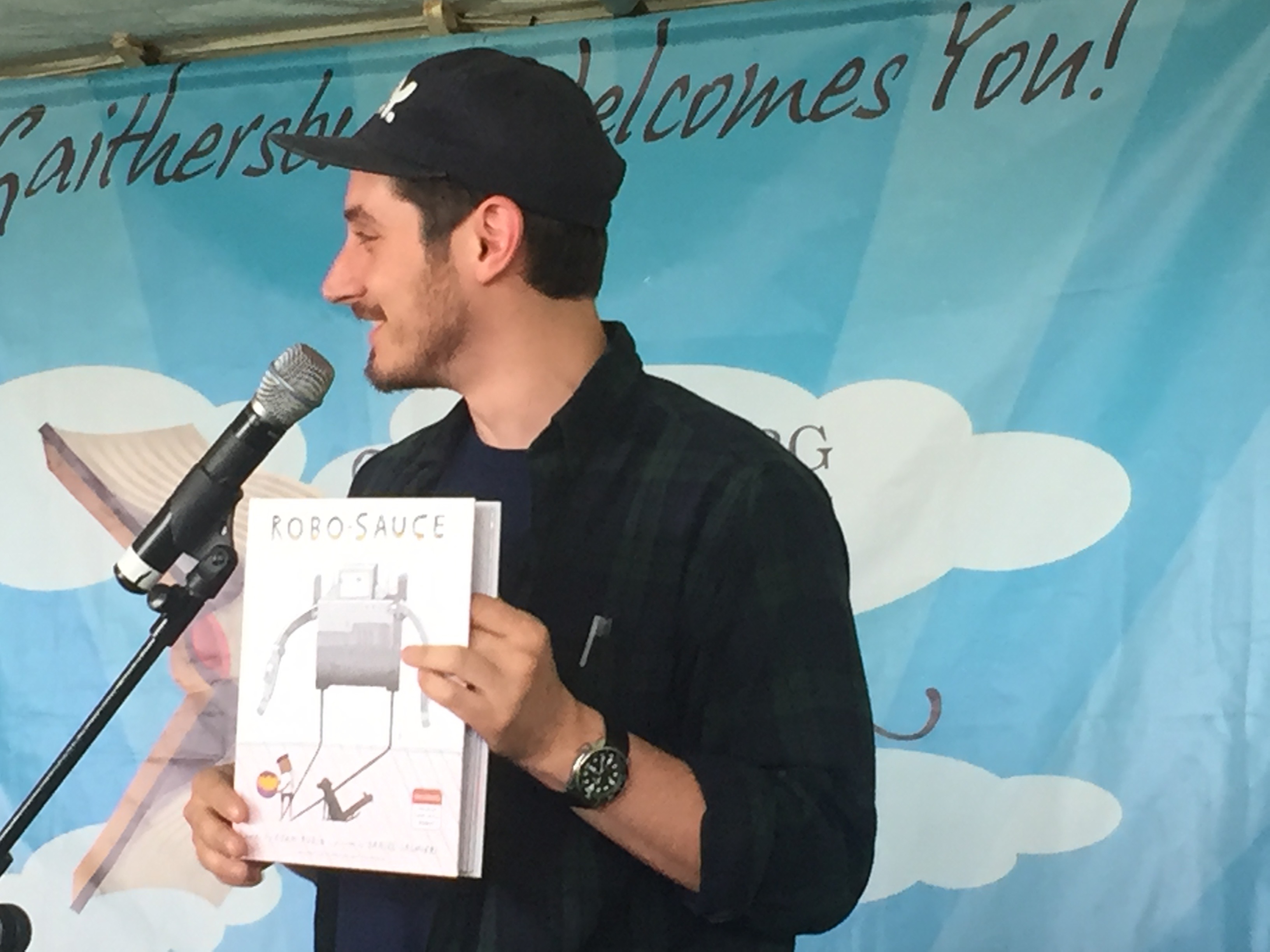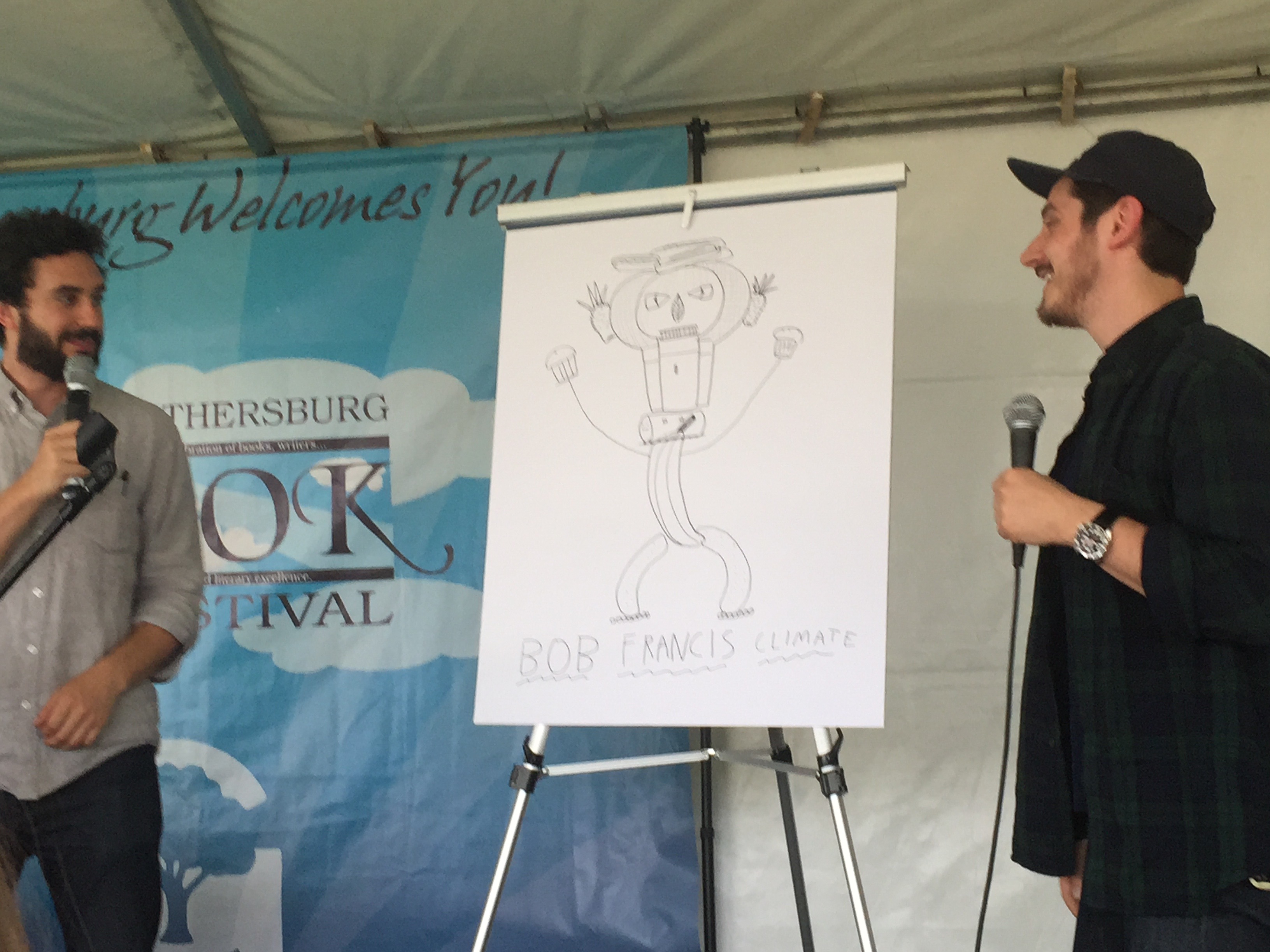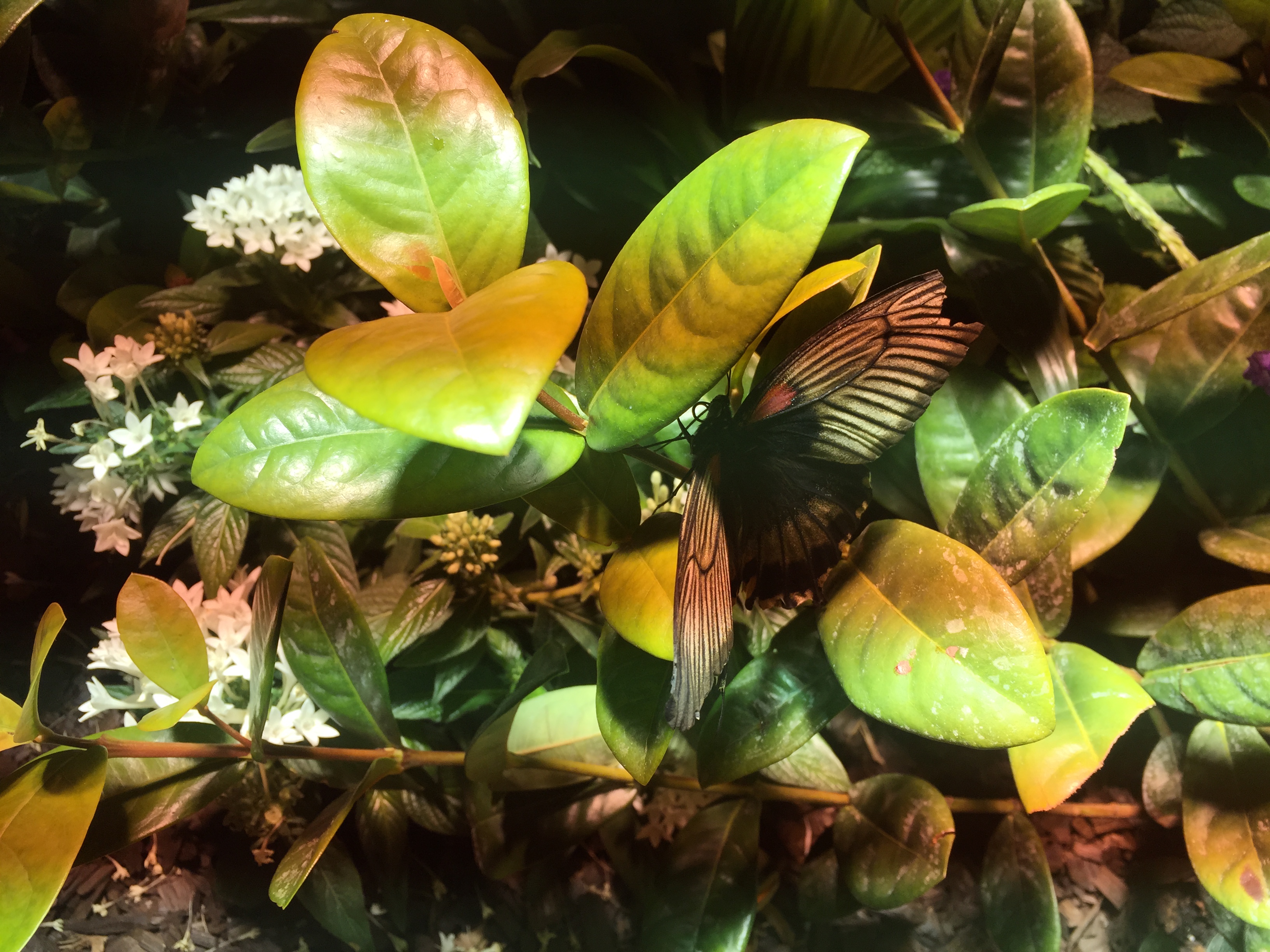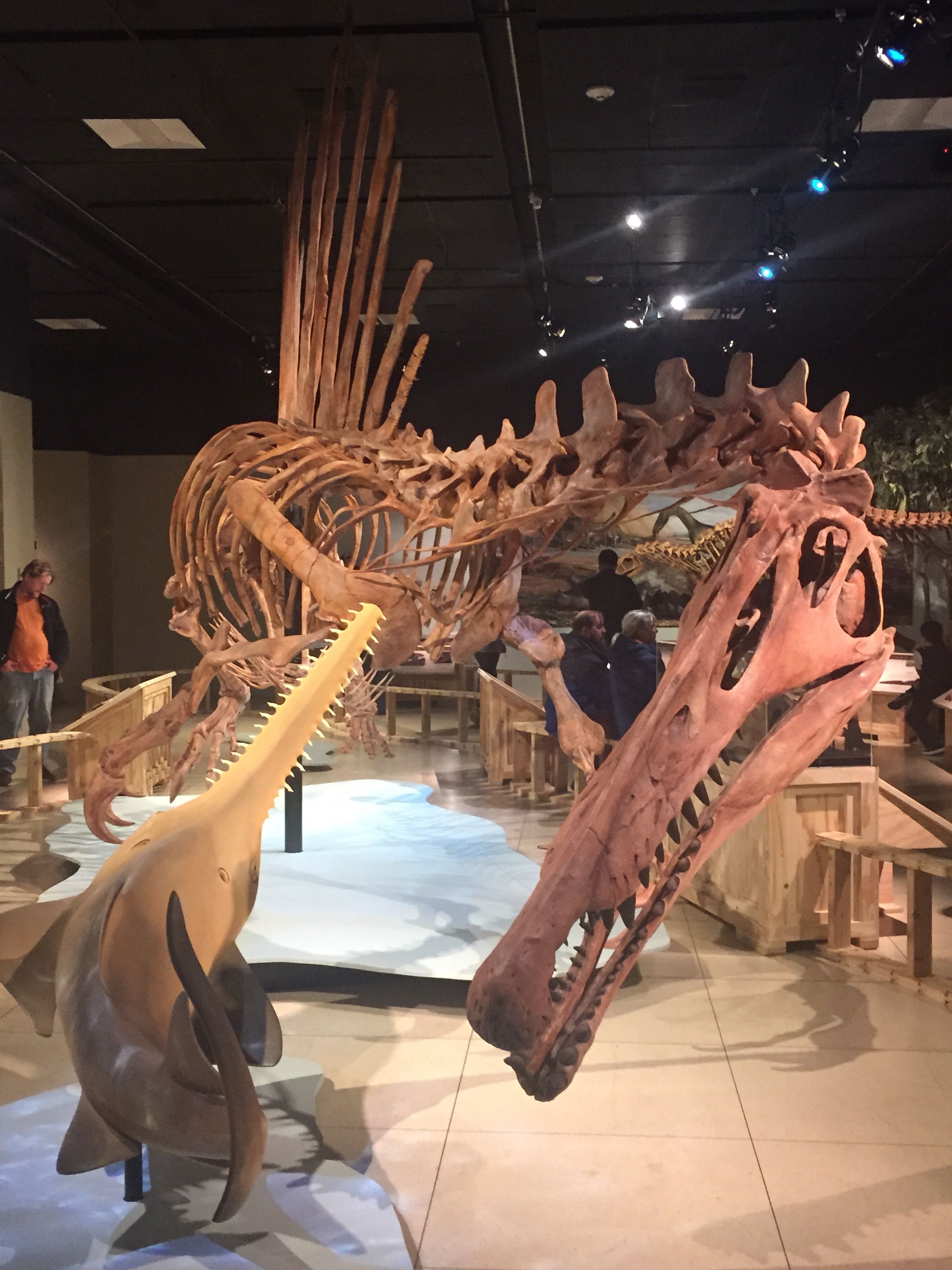“Big planes fun,” was Sprout’s assessment of our latest outing. Big is a bit of an understatement – one of the aforementioned planes was the space shuttle Discovery – but he has a limited vocabulary. Nonetheless, he definitely expressed enthusiasm when we visited the Udvar-Hazy Center of the Smithsonian’s Air and Space Museum in Virginia this past weekend with old friends of mine and their son.
We weren’t planning on visiting the Air and Space Museum this weekend, but when I saw on Facebook that my friends Greg and Laura were visiting D.C., I had to reach out. Because their son – who just graduated kindergarten – is really into planes, they planned on hitting up both of the Smithsonian’s Air and Space museums.
While the one on the Mall is more well-known and receives more visitors, the one in Virginia is better. It houses the “big planes” that can’t fit in the smaller facility. When NASA retired the space shuttle program, the museum actually replaced its test shuttle with one that’s actually gone to space. I teased Greg and Laura, who live in New York City, that they have the hand-me-down, as NYC now hosts the test shuttle previously at the D.C. museum.
I don’t think Sprout comprehended what the shuttle was, but he was definitely impressed by it. Up close, the size alone is pretty overwhelming. We tried to explain it had been up with the moon and stars, but I suspect that was lost on him. However, he at least seemed to understand when we said fire came out the back of it. Personally, one of my favorite things about it is the scars from actually being in space. Its panels that protected the astronauts from radiation are faded gray and even white in places, compared to the shiny black of the test shuttle.
After the shuttle, my friends’ son wandered over to the military planes, which held zero interest for Sprout. I think they’re fascinating for older kids with some sense of history, but they don’t have the inherent “wow” factor of some of the largest exhibits. I tried to explain the Blackbird spy plane, which is virtually undetectable by radar, to him. Unfortunately, I think my explanation of what a spy plane is translated into what a toddler can understand came out pretty garbled.
In our quick survey of the museum’s exhibits, the next stop was the Concorde, one of the fastest commercial passenger planes ever flown. In past visits, I’ve spent hours stopping at each placard, reading the details carefully. With a small, continuously moving person tugging on my hand, no such luck. This child can stand still for 10 minutes waiting to “watch trains” in the heat without complaint, but can’t wait for 30 seconds for me to read something. He had company on that front though. My friends’ son doesn’t read yet either (or at least enough to understand museum displays), so once he looked at a plane, he charged ahead. I barely had time to provide another brief description of the Concorde – confounded by “accuracy” and “details” by Greg, the engineer of the group – before moving on.
Taking a glass elevator up to a wide catwalk offered an alternative view of the planes, many of which were hanging from the ceiling. We spotted a few “baby planes,” one-seater recreational flying machines that looked more like toys than aircraft. They looked scaled to our kids’ size, but way too dangerous. Those would make me a literal helicopter mom.
We wrapped up the tour with an IMAX movie, in the museum’s theater that actually has a curved screen, not just a flat one. To add to the awesome, the movie, titled Journey to Space, was about the space shuttle program and narrated by Patrick Stewart. A nerderiffic trifecta. While we weren’t sure how well Sprout would do, we figured we’d bail at the first sign of antsiness. We didn’t want a repeat of the Monkey Kingdom incident.
But we didn’t need to wonder. Sprout was transfixed the entire time, hardly wiggling at all. The only time he took his eyes off the screen was when they showed the shuttle taking off, which was very loud. When he heard it, he’d turn around in my lap and wrap his arms around me. Then he’d turn his head slowly back towards the screen, definitely interested but a little unnerved. I loved watching how his curiosity overcame his fear. I also loved that I was able to watch the film withour interuption, as it had a lot of imagery of space and great interviews with astronauts.
Before returning home for naptime, we all ate together in the cafeteria. Unfortunately, McDonalds runs the food service for both Air and Space Museums. I had the foresight to purchase sandwiches earlier, but not quite enough to realize that I either should have brought a way to keep them cold or bought ones that didn’t need it in the first place. No one seemed to get sick, but next time, we’re packing PB&J.
The nice thing about getting everyone sitting in one location was that I actually got to talk to my friends. In the museum itself, we were following our respective children, not wanting to restrict their spirit of exploration but also not wanting to lose them. Sitting down and eating, it was s lot easier to keep an rye on them while also having a conversation. Greg and Laura are actually some of my oldest friends, who I first met in junior high and then became friends with again in college. I visited them in New York City when I did the Climate Ride and it was amazing to realize how much things had changed since then. Between the two couples, we’ve had a kid, moved houses and changed jobs multiple times. While I see what’s going on with them a little via Facebook, it was good to connect in person. I love my friends in D.C., but there’s something special about moving through the phases of life in parallel with people you have known for a very long time. I wish our family didn’t have to go home so soon, but tired toddlers are cranky toddlers.
Old friends, little kids and big planes turned out to be a pretty good combination.


